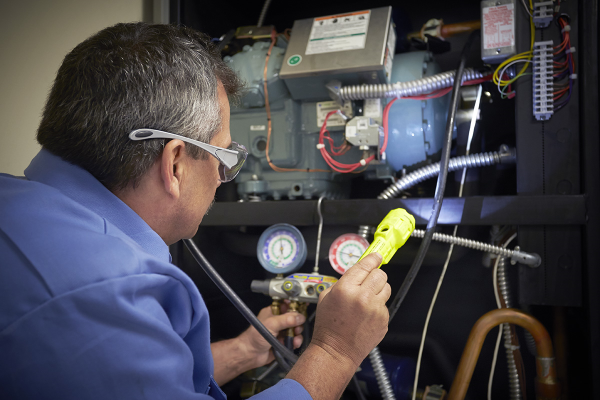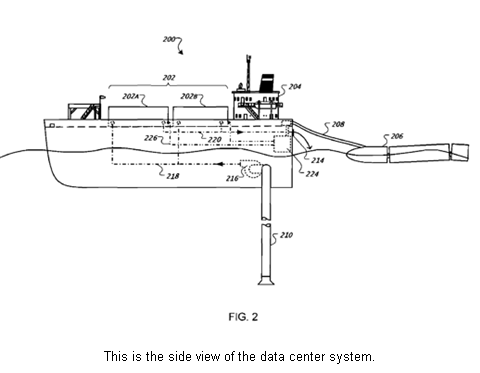By Kevin O’Brien, President - Mission Critical Construction Services Division, EEC
With growing costs of energy in their facilities, energy conservation seems to be on the top of the priority list for many data center operators. According to Datacenter Journal and other industry sources, today’s data centers consume approximately 3% of global electricity and produce 200 million metric tons of CO2. And with the imminent growth of the Internet of Things (IoT), Big Data, social media and cloud computing, our reliance on these energy hogs shows no signs of subsiding. While companies strategize new ways to reduce the astronomical cost required to power today’s data centers, they now also have to factor in a more long-term concern – their facilities’ impact on the environment. One quick way to improve data center efficiency is through the optimization of environmental parameters, specifically Computer Room Air Conditioning (CRAC) / Computer Room Air Handler (CRAH) units.






